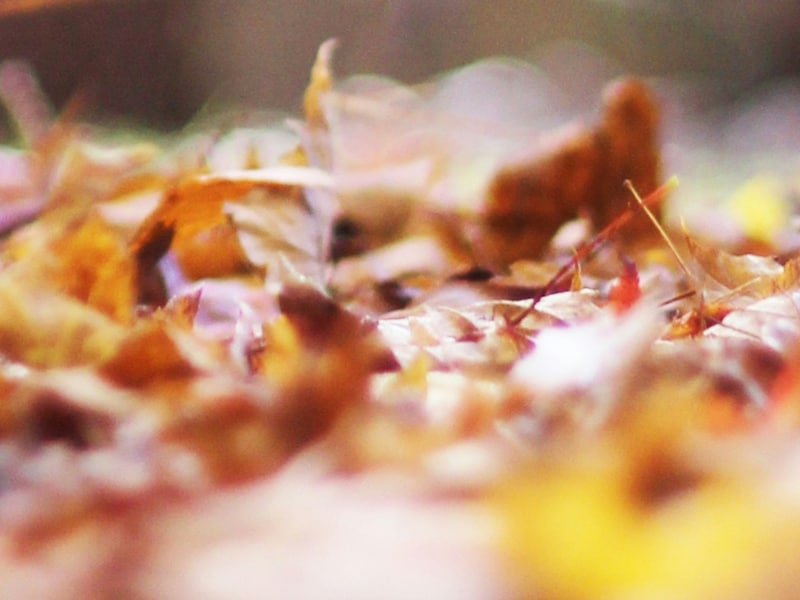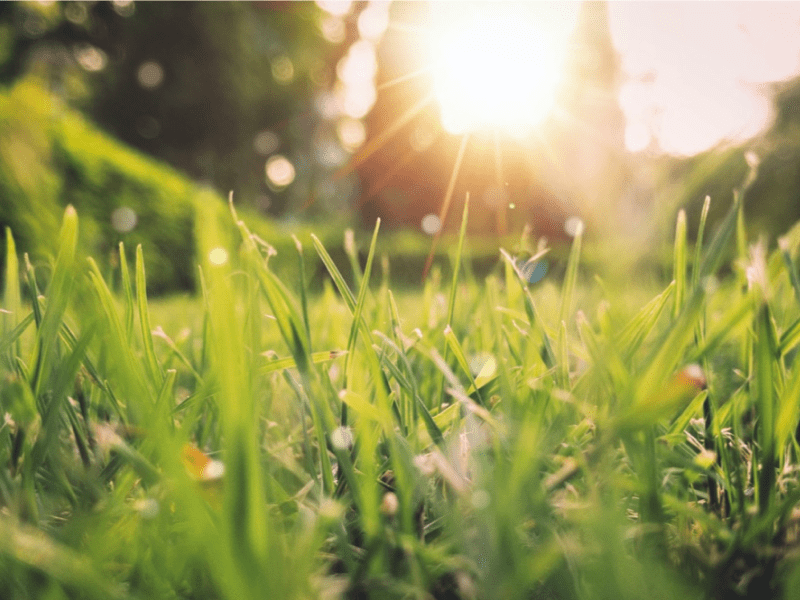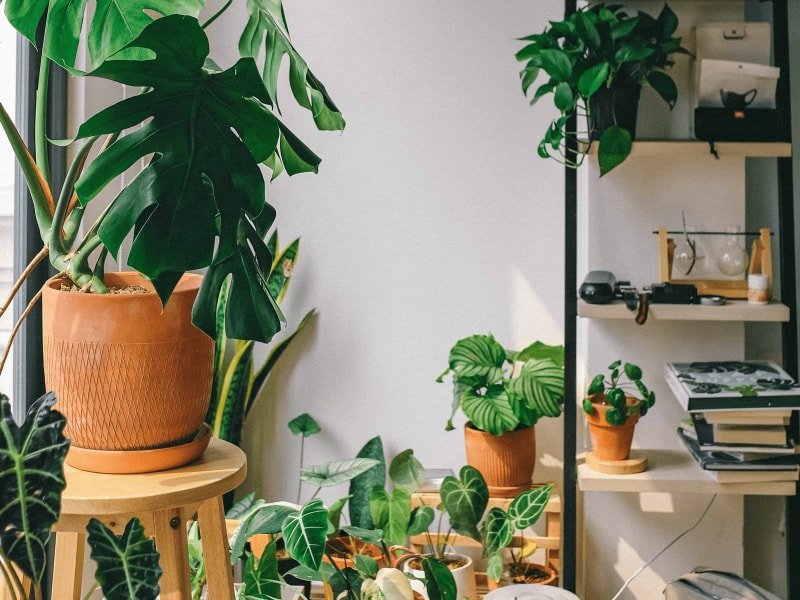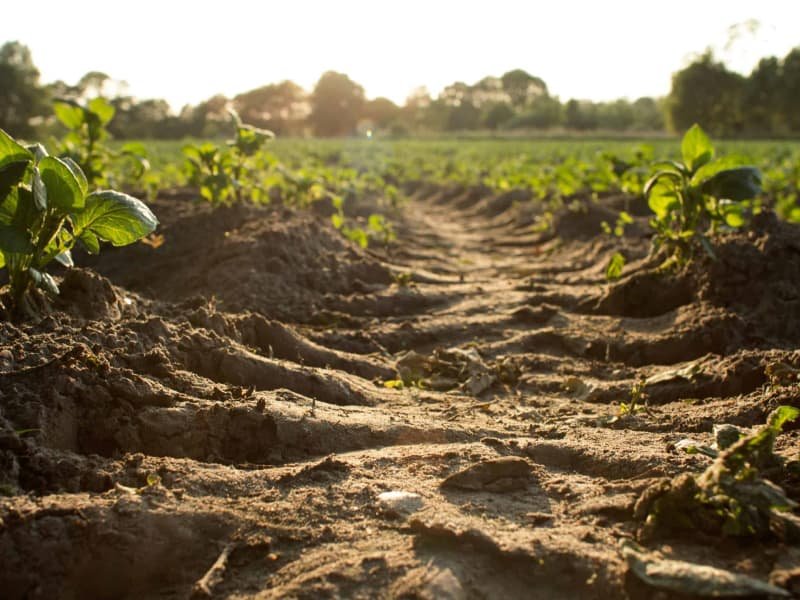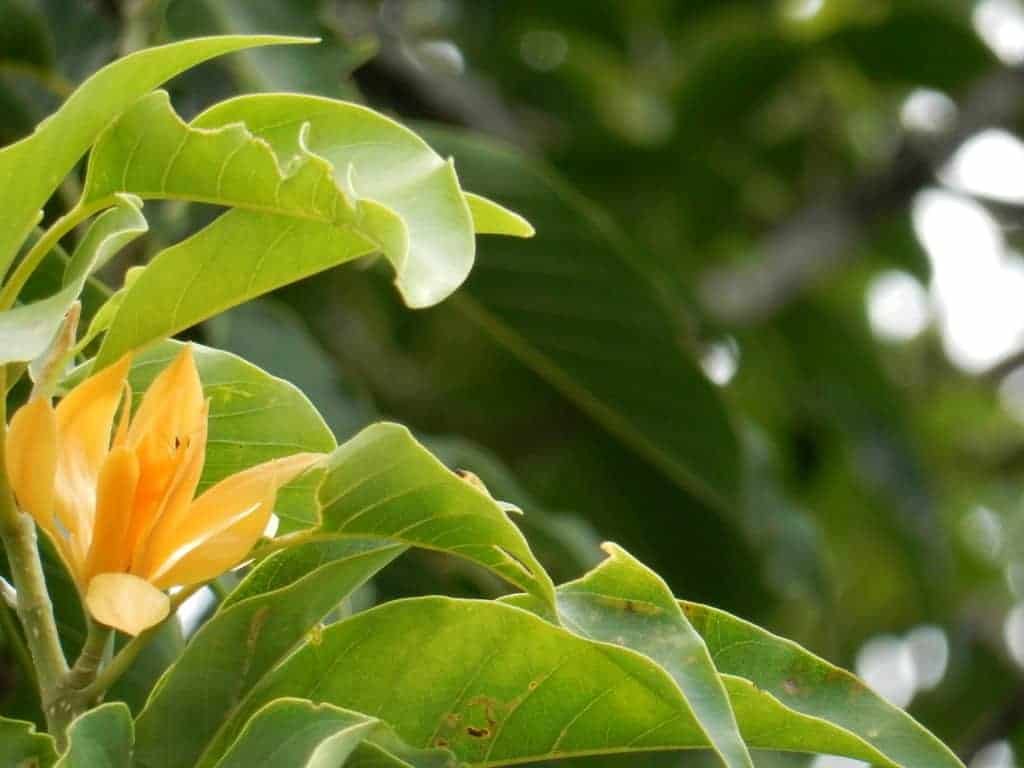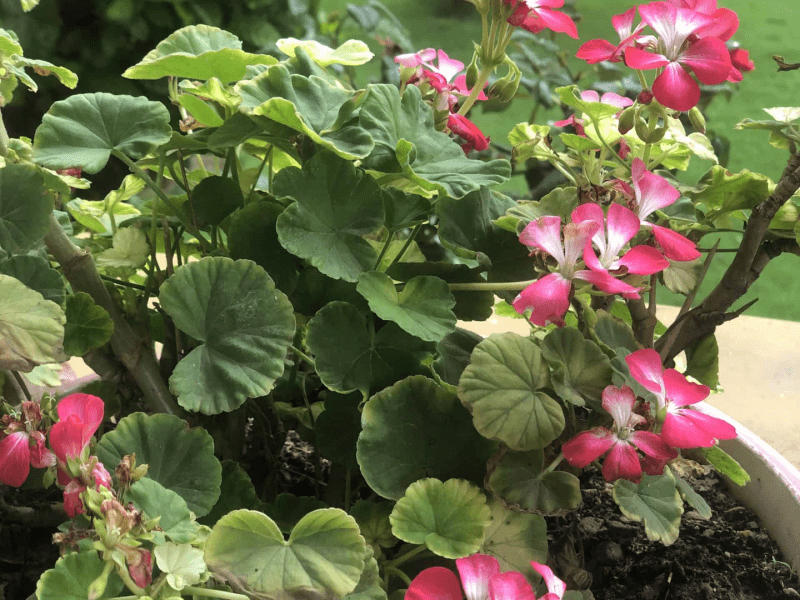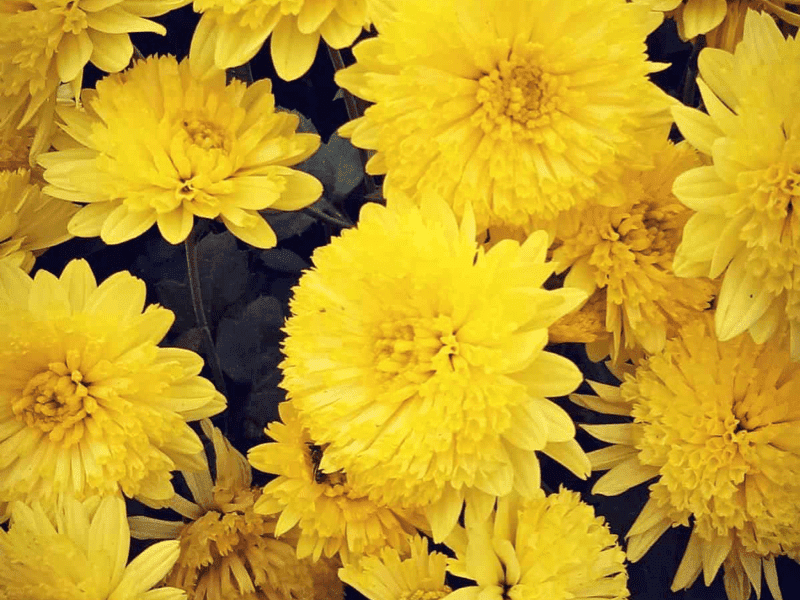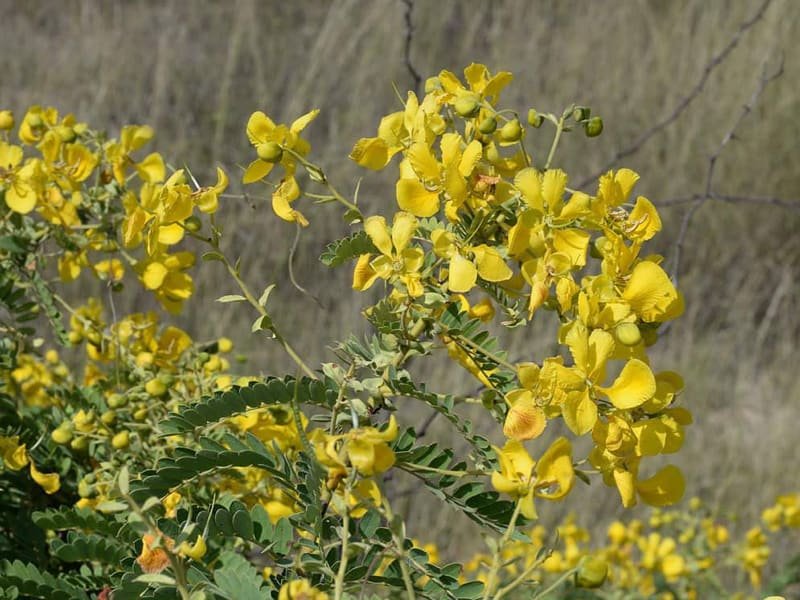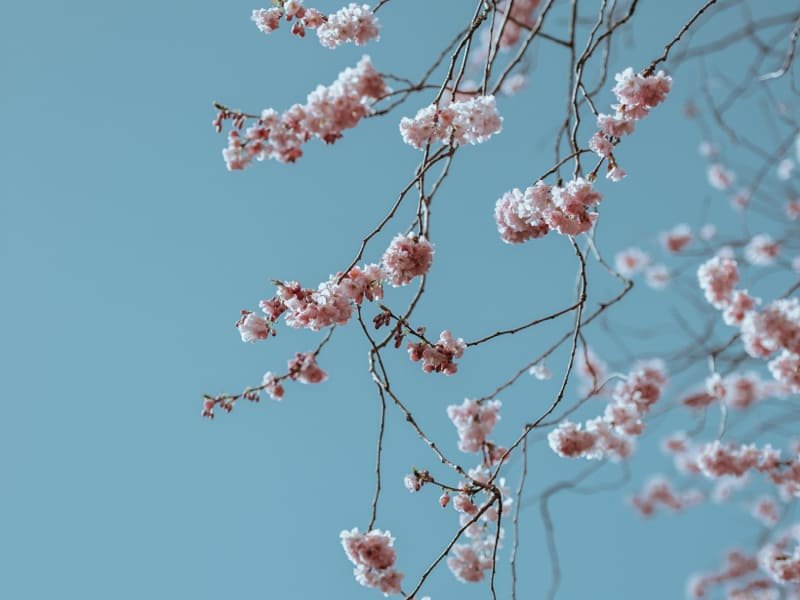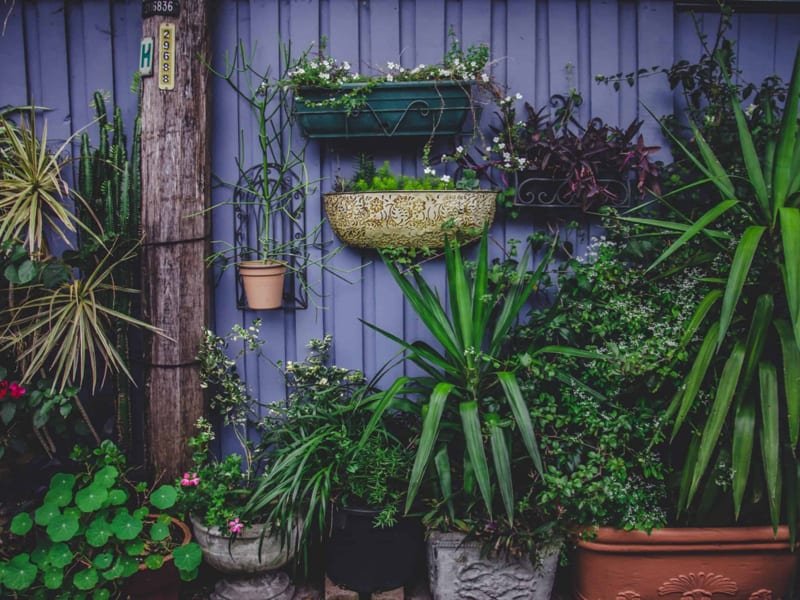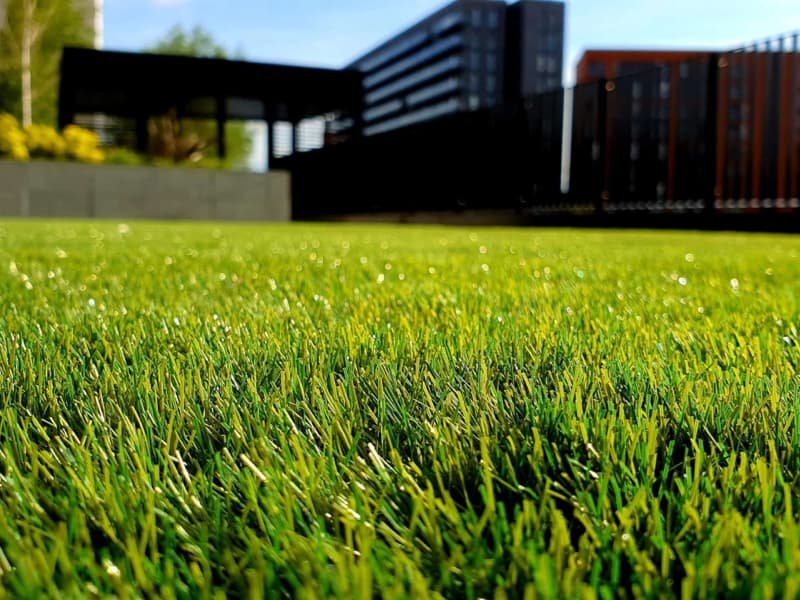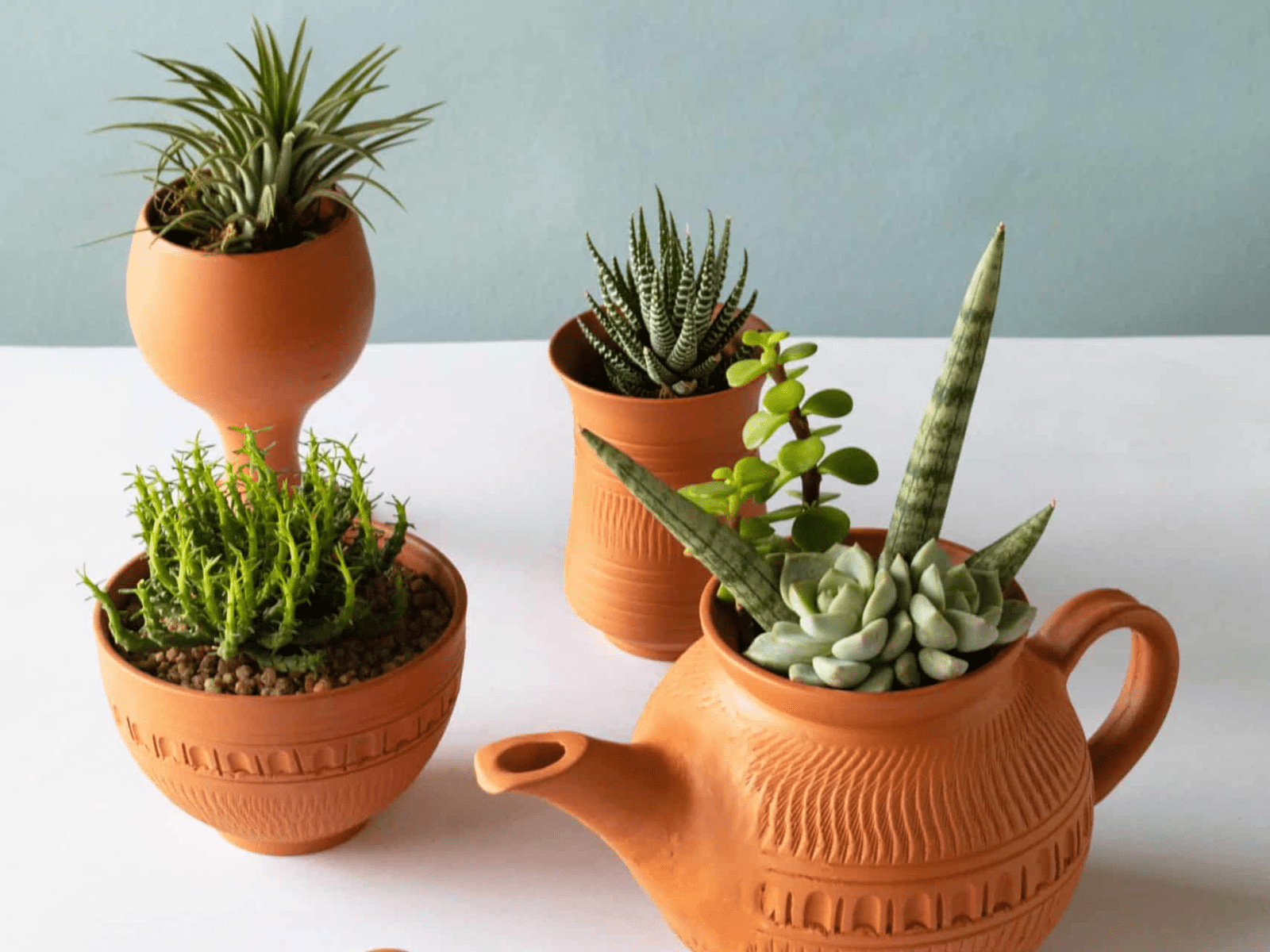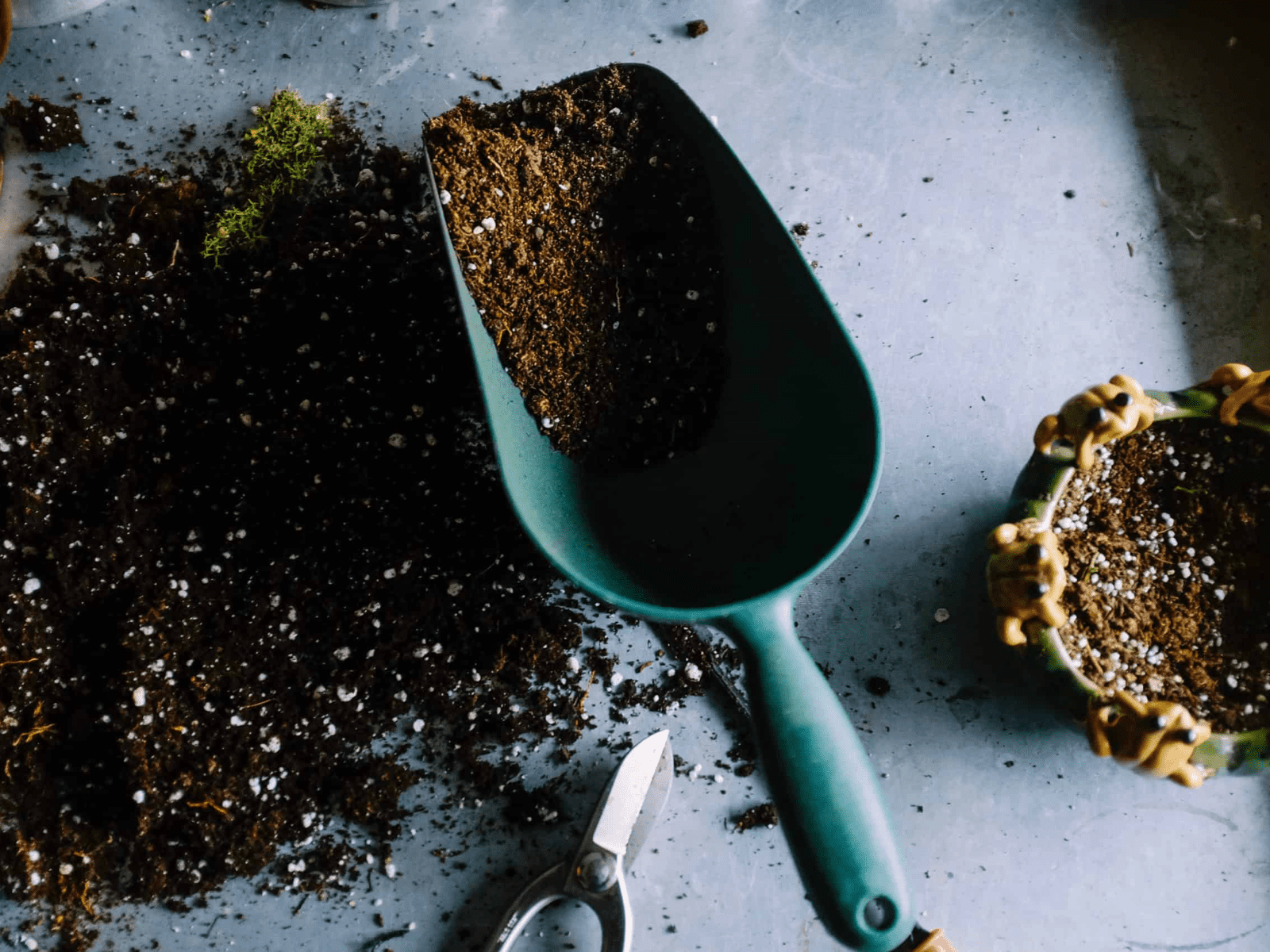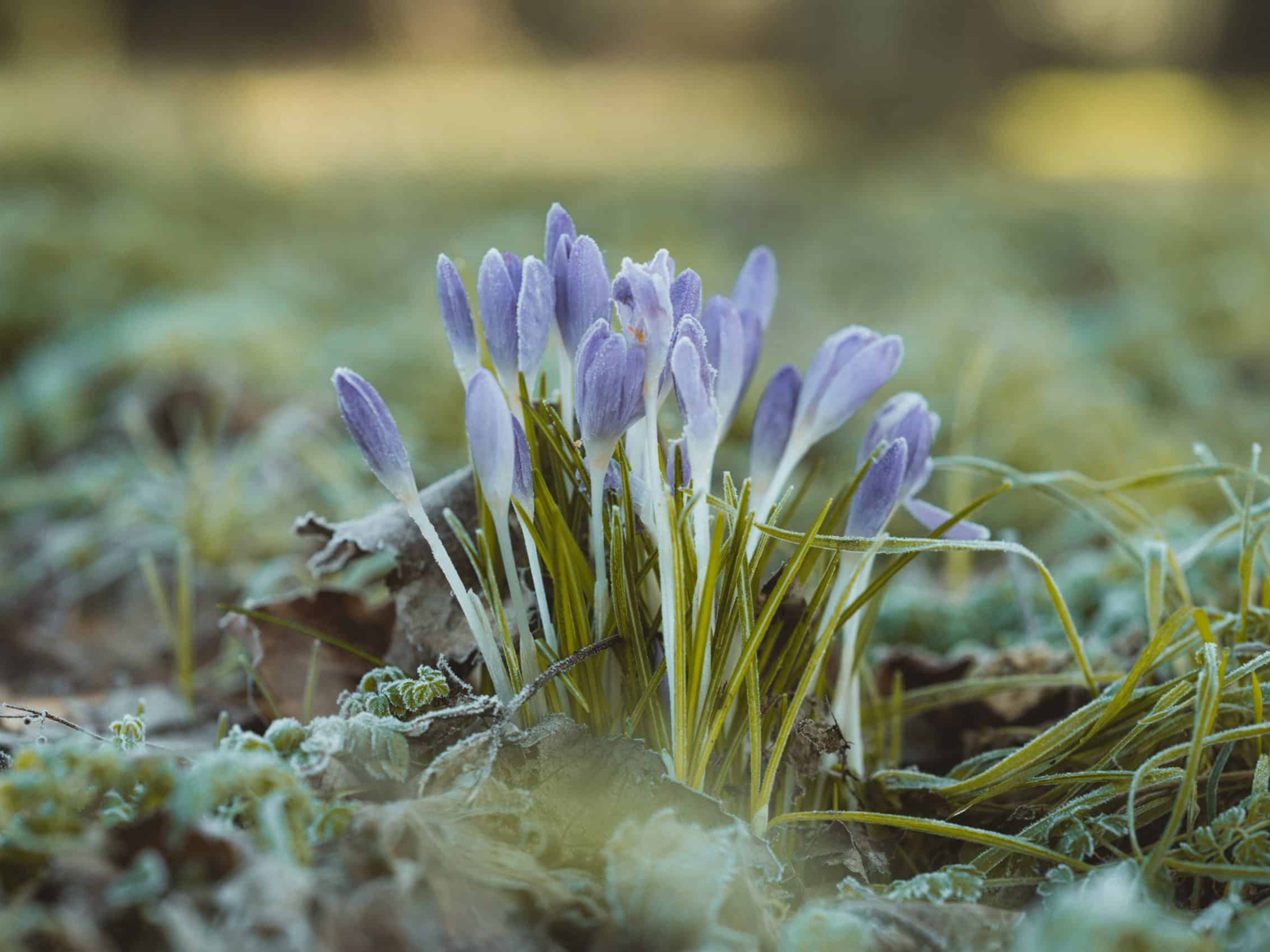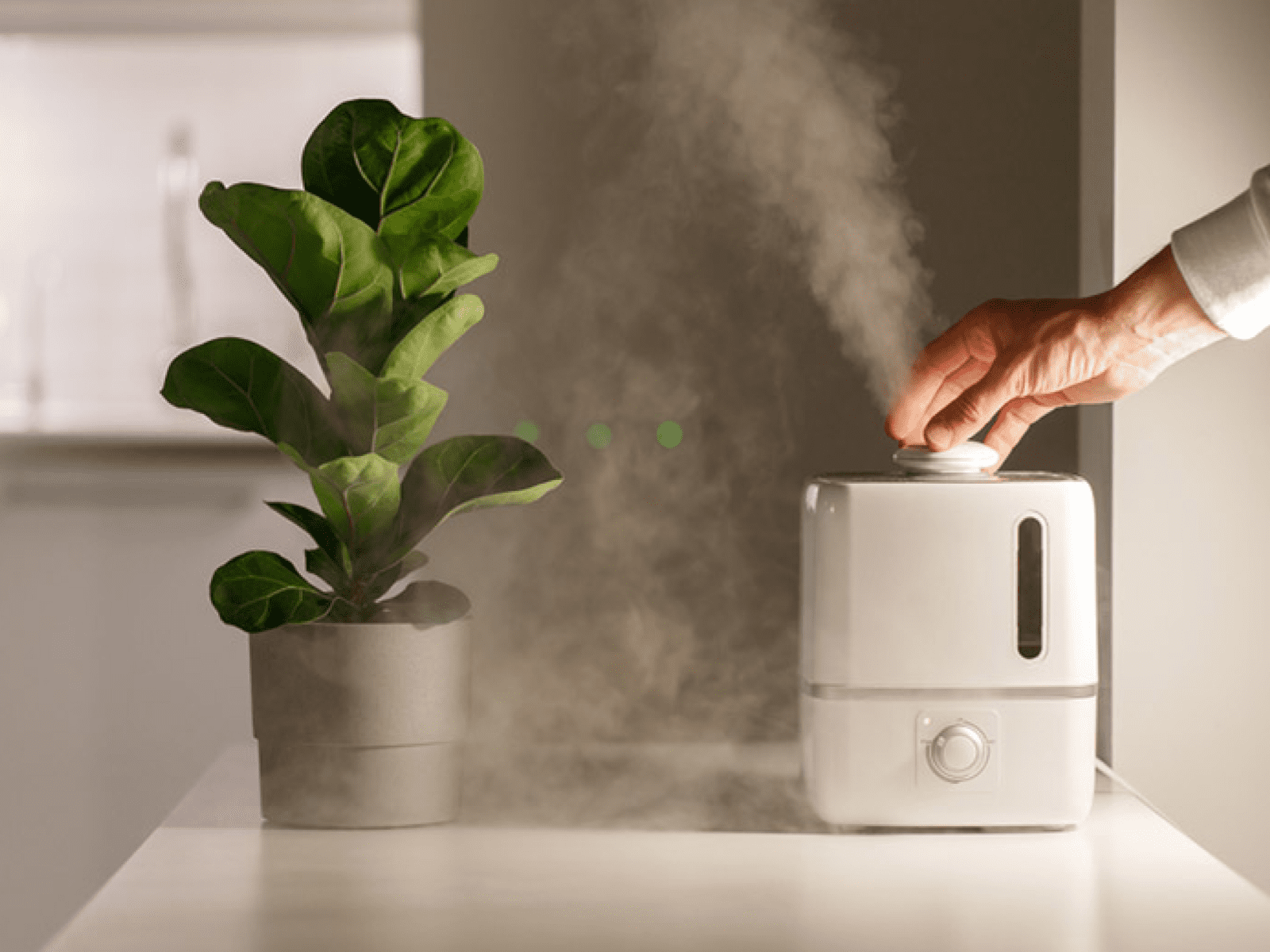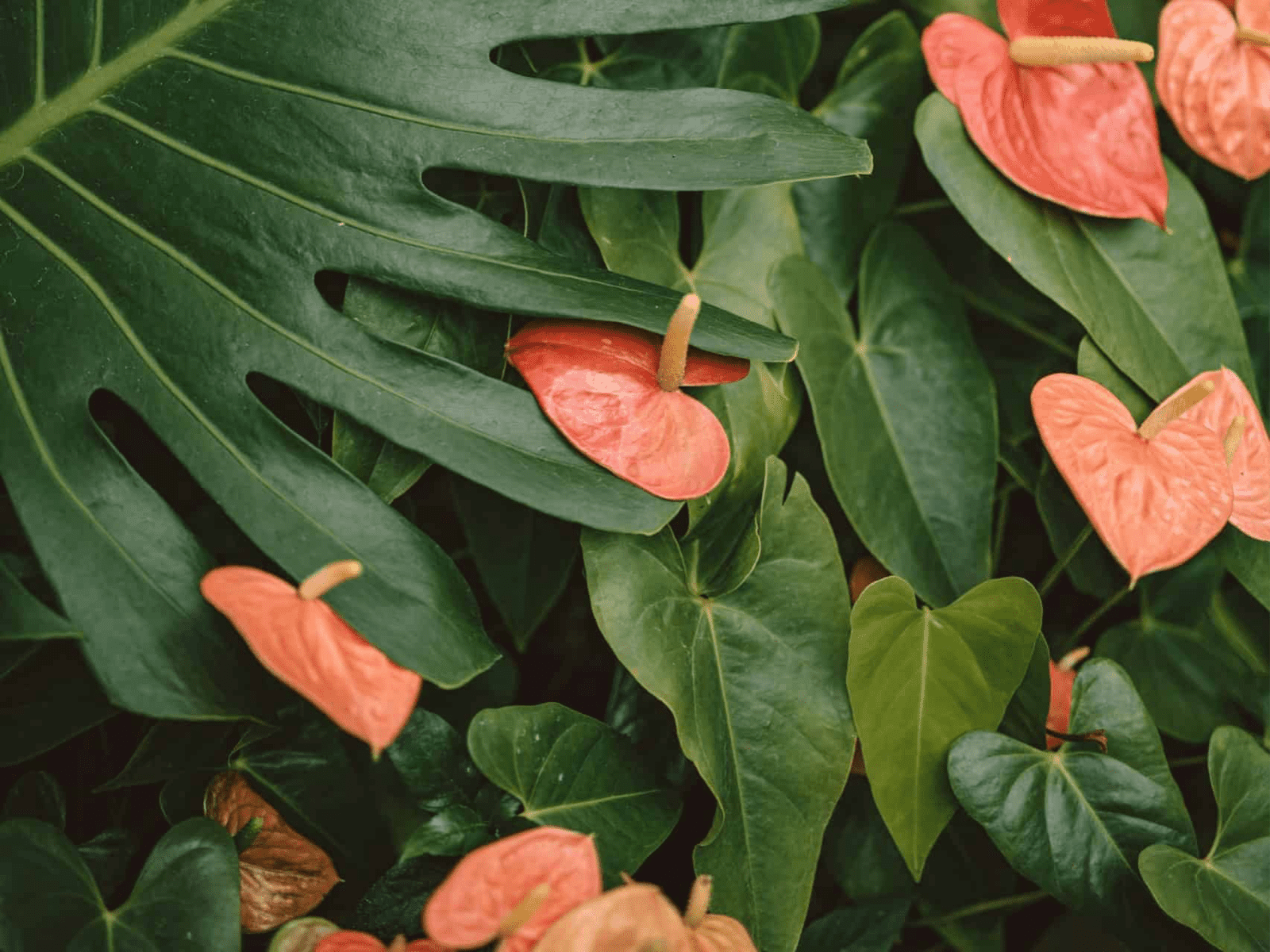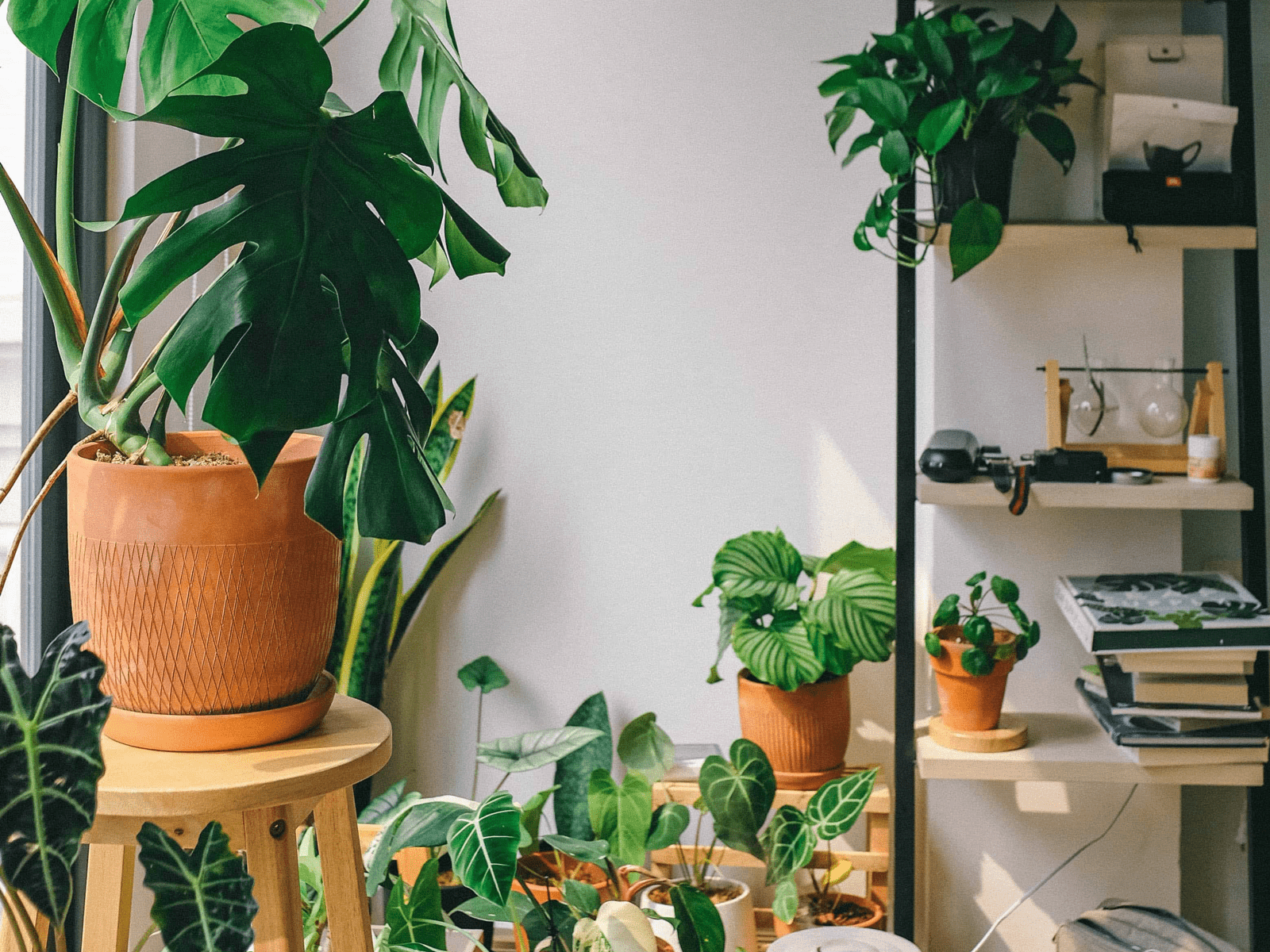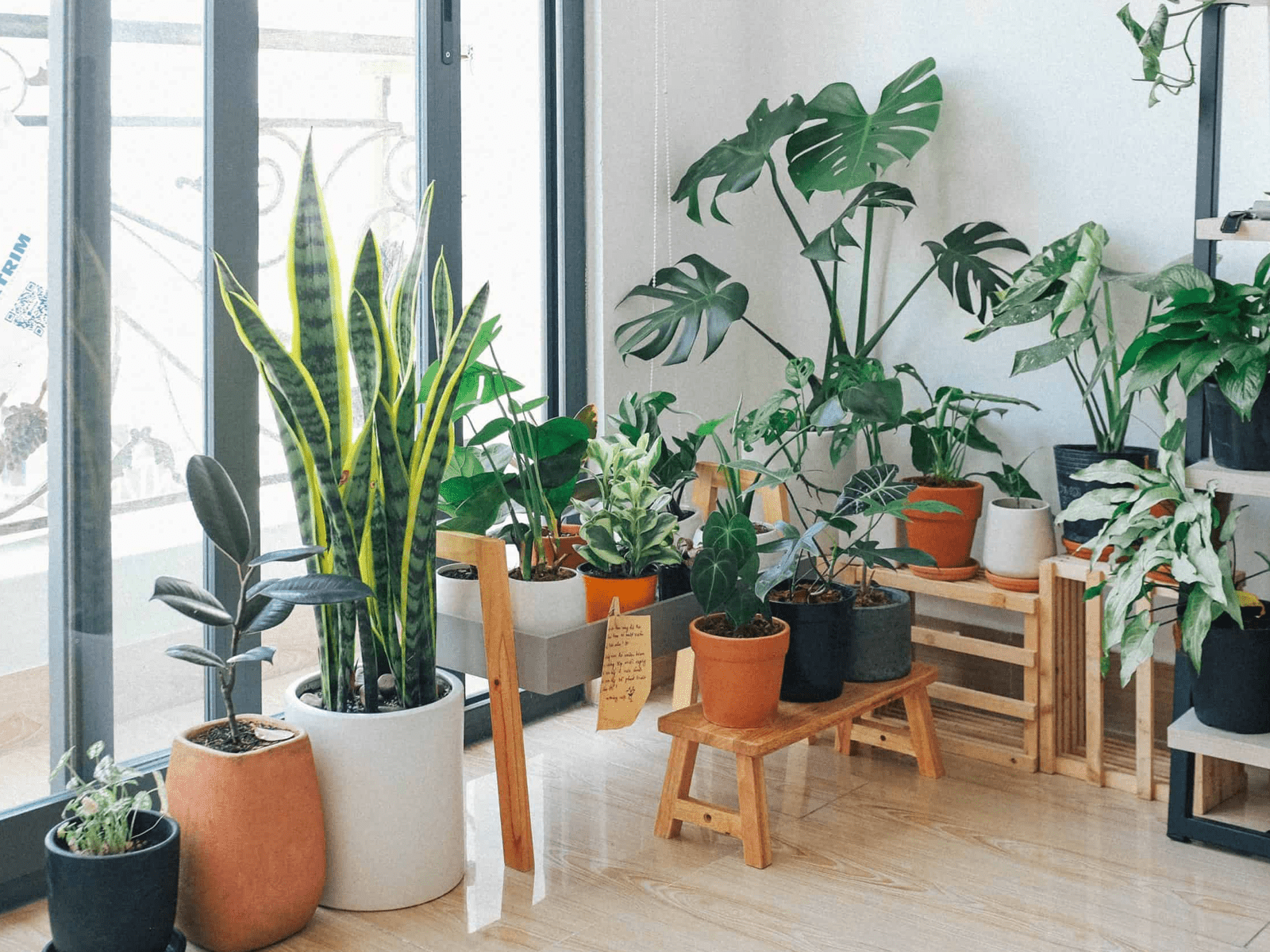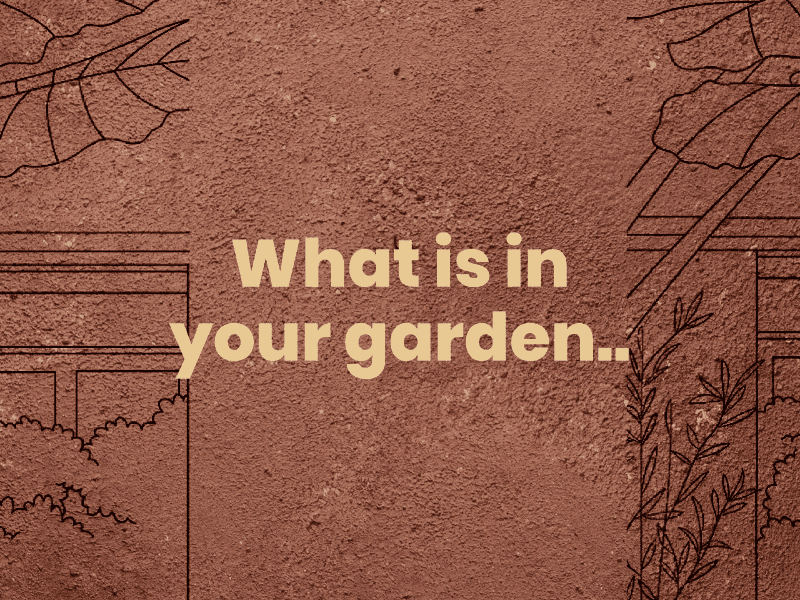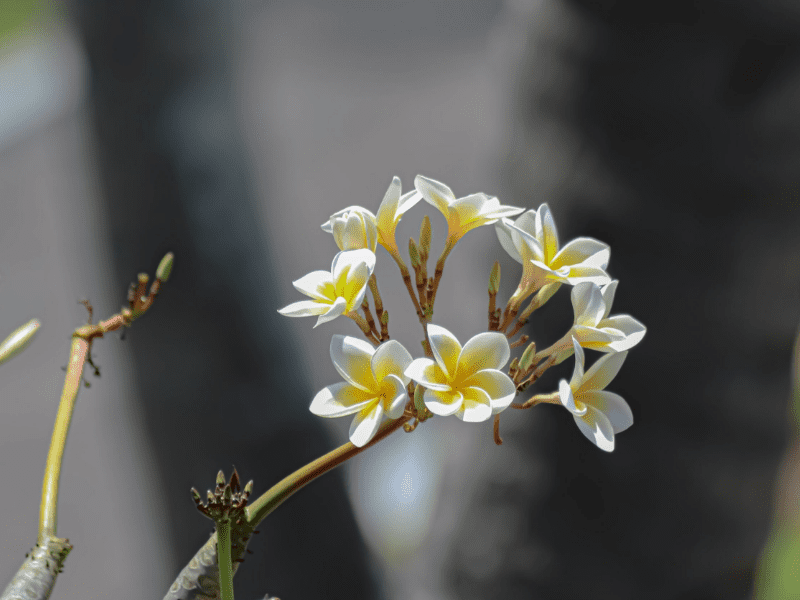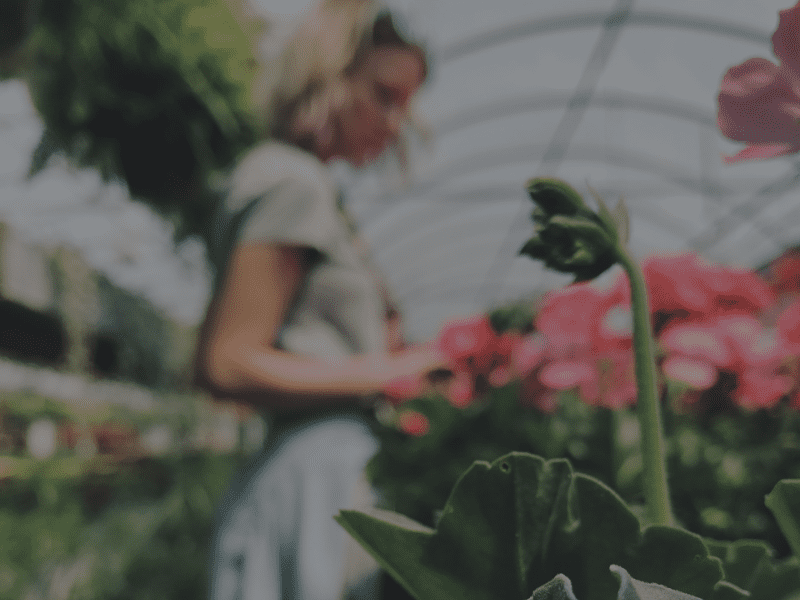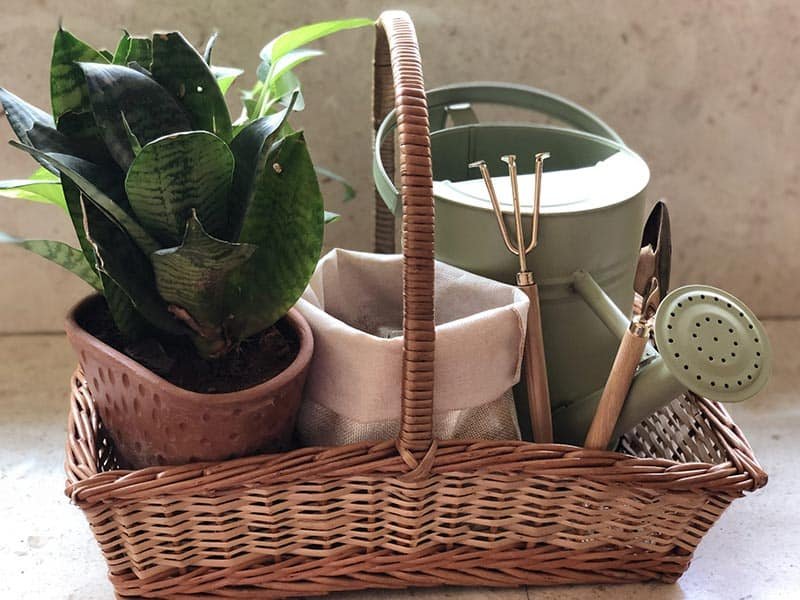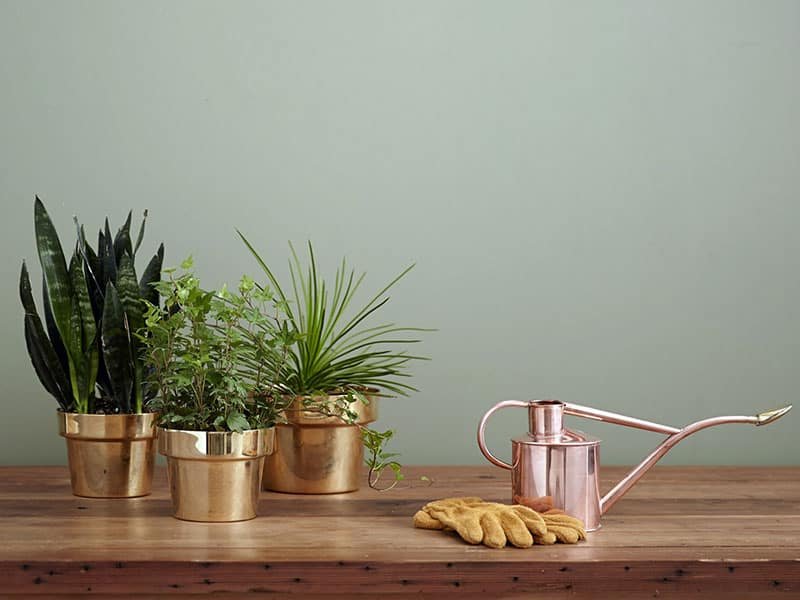
November – December Volume 1

It’s that time of the year where we begin to feel that slight nip in the air. And we start preparing ourselves with winter wear, food and lifestyle, etc.
Our plant buddies do that, too From changing colour of leaves to shedding them, they adjust their clothing and food habits in winters to survive.
To help them in this process, here are three important dos and don’ts for you.
Sunlight

Optimize direct and indirect light for your plants. Keep outdoor plants always facing the sun. Move indoor plants to a well-lit window from dark corners.
Water

Be extra careful in your watering routine. Do not over water your plants. And certainly, avoid misting the leaves with sprayers. Just water the soil directly.
Fertilizers
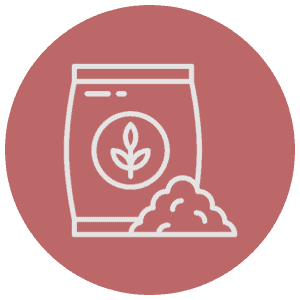
It’s holiday time for plants too. Avoid over-fertilizing as they are in resting or dormancy mode. Perennial and spring season plants save their energy to grow back in full glory the next season.

Must have plant: Cockscomb or Lalmurga
Celosia argentea var.cristata, Amaranthaceae family
You can use it to add beauty to your existing garden or in flower arrangements as the Japanese do.
- Blooming time: October – April
- Soil: Well-drained acidic soil
- Sunlight: 4-6 hours of bright direct sunlight
- Nutrition: Manure/Vermicompost Once a month
- Essential tip: Keep removing seeds from the tips to achieve bigger, healthier blooms
A Sustainable DIY: Bio-Enzymes for plants
Citrus is the flavour of the season.
Why not give a dose of Vitamin C to yourself and your plants! This simple and multi-purpose DIY bio-enzyme can be made within your own kitchen.
What you need:
- 3 bowls of seasonal citrus peels (orange, lemon, pineapple)
- 1 bowl of crushed or powdered jaggery
- 10 bowls or 1 litre of water
- An empty air-tight plastic jar (1/1.5 litre capacity)
- And a lot of patience but it’s worth it!
How to make it:
- Dissolve jaggery in water properly.
- Add your peels, mix well, and close the lid tightly.
- Keep the jar in a dark corner, away from direct sunlight.
- Every alternate day open the lid momentarily to burp out the gas
Caution: Bio-enzymes will release gas in the process. Make sure to open the lid at regular intervals to release it, else your container can explode.
Note:
- Your bio-enzyme will be ready in 3 months for use.
- To fertilize plants, mix 30 ml from the stock with 1L water. Spray it on the plant foliage as well as flowers.
- White scum forming on the upper layer indicates that fermentation is going fine.
- Black spores or discoloration with a foul smell, discard the potion.
- Leftover can be used as an accelerator for new batch of bio-enzyme or disinfecting your house.
- Once the first batch is ready after 3 months, you can keep remaking it every month.

A Sustainable DIY: Bio-Enzymes for plants

Citrus is the flavour of the season.
Why not give a dose of Vitamin C to yourself and your plants! This simple and multi-purpose DIY bio-enzyme can be made within your own kitchen.
What you need:
- 3 bowls of seasonal citrus peels (orange, lemon, pineapple)
- 1 bowl of crushed or powdered jaggery
- 10 bowls or 1 litre of water
- An empty air-tight plastic jar (1/1.5 litre capacity)
- And a lot of patience but it’s worth it!
How to make it:
- Dissolve jaggery in water properly.
- Add your peels, mix well, and close the lid tightly.
- Keep the jar in a dark corner, away from direct sunlight.
- Every alternate day open the lid momentarily to burp out the gas
Caution: Bio-enzymes will release gas in the process. Make sure to open the lid at regular intervals to release it, else your container can explode.
Note:
- Your bio-enzyme will be ready in 3 months for use.
- To fertilize plants, mix 30 ml from the stock with 1L water. Spray it on the plant foliage as well as flowers.
- White scum forming on the upper layer indicates that fermentation is going fine.
- Black spores or discoloration with a foul smell, discard the potion.
- Leftover can be used as an accelerator for new batch of bio-enzyme or disinfecting your house.
- Once the first batch is ready after 3 months, you can keep remaking it every month.
ABOUT THE AUTHORS:
Dipti Agarwal

A full-time gardener, a part-time homemaker, and an ex-marketing professional. Holds diplomas from organic farming to public policy. Interests include taking care of plants, birds, humans, and everything else in between.
Aakanksha Dutta

Holds a Master’s in Plant Science and Herbal Wealth. Currently pursuing Ph.D. in Botany with Specialization in Medicinal Plants & Orchids.


